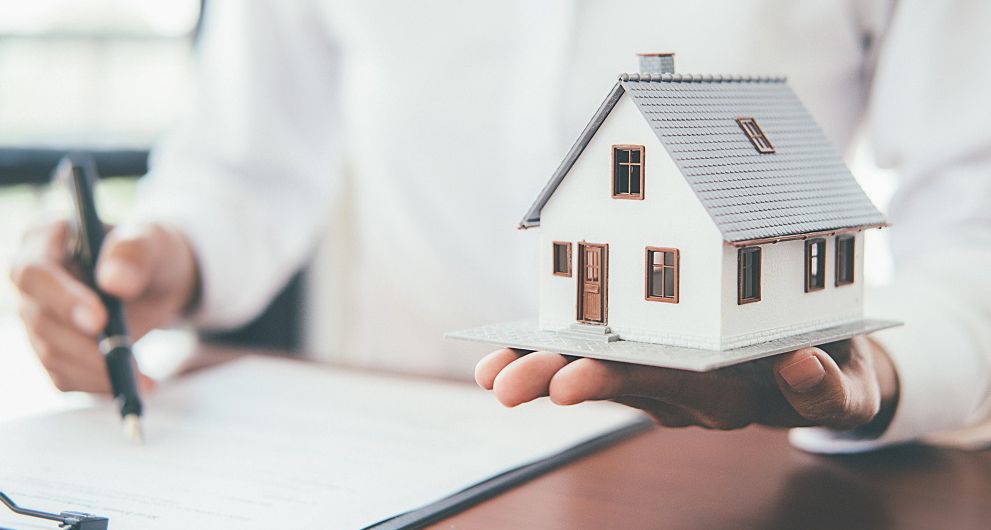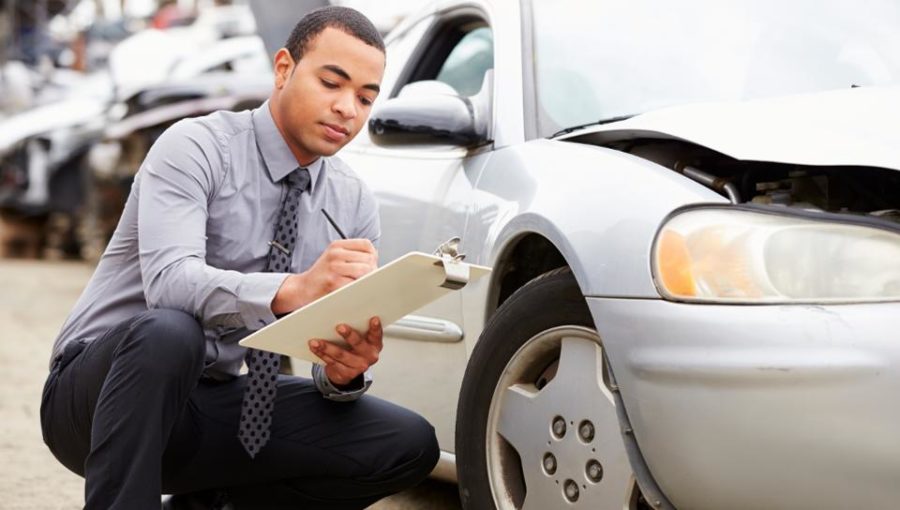How to acquire an affordable home insurance

Homeowners insurance financially protects some of your most valuable assets: your house, personal belongings and personal finances. Knowing how to buy homeowners insurance with the right coverage for these assets is important.
Here are four steps you can take to purchase the best homeowners insurance.
- Determine What Types of Coverage You Need
Homeowners insurance covers common problems that may damage your house or property, such as a fire, theft, wind and hail damage, falling objects (like a tree) and vandalism.
The most common homeowners insurance policy type, called the HO-3, includes coverage for
Your dwelling (house)
Other structures, like a detached garage
Personal property
Liability
Additional living expenses (ALE)
An HO-3 policy protects against all causes of damage (called perils) unless they are specifically listed as exclusions. That makes it an “open peril” policy.
Some homeowners decide they need additional coverage and buy an HO-5 policy. Similar to an HO-3 policy, an HO-5 covers your house and belongings for all damage and theft except for specific exclusions listed in the policy. An HO-5 offers more comprehensive coverage, including paying for replacement cost rather than actual cost value. (Although you can add replacement cost coverage to an HO-3 policy.)
Dwelling
Dwelling coverage provides reimbursement to repair your house—or completely rebuild it if necessary. Dwelling coverage is only for the house and doesn’t take land value into account. It’s also not the same as your property’s real estate value.

It’s vital that you have dwelling coverage based on the cost of material and labor in your area.
Other structures
“Other structures” coverage is for structures not attached to your primary dwelling. This can include barns, fences, garages, sheds, gazebos and other property structures.
Personal property
Personal property coverage pays for repairs or replacement if your belongings are stolen, damaged or destroyed by an issue covered by the policy, such as a fire. This encompasses all your belongings in your house:
- Technology/electronics
- Kitchen items
- Furniture
- Decor
- Clothing and accessories
- Stored items
It’s wise to create a home inventory checklist to catalog and describe your items’ potential value and any specific numbers, receipts or information you might need to make a claim.
Personal property coverage is usually 50% to 70% of your dwelling coverage amount. For example, if your homeowners policy has $300,000 for your dwelling, and your personal property coverage is 50%, you’ll have $150,000 in contents coverage. If you need extra coverage, you have the option to buy more.
Liability
Liability insurance covers unintentional property damage or injuries for which you or a member of your household is responsible.
For instance, if a visitor slips on a wet floor and twists their ankle on your property, your liability coverage could pay their medical bills. A homeowner’s insurance policy can similarly cover the cost of repairs if your rambunctious dog ruins a neighbor’s fence.



